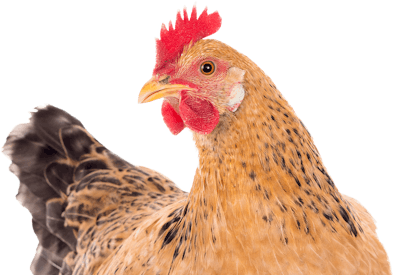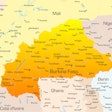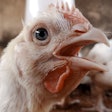
A series of new training materials to help small-scale poultry farmers in Africa improve their farming methods and incomes has been released by non-profit organization the World Poultry Federation (WPF).
The visual training guides cover core principles on key principles rearing topics, such as housing, health, water and feed and business planning, to help small scale producers improve household nutrition and sustainably and profitably grow their operations.
Improving productivity
The WPF notes that small-scale producers are farmers who typically stat with a few birds in their gardens for home consumption, but who later grow their flocks and start selling chicken meat and eggs. By following a few basic poultry rearing principles, they can reap the benefits of improved productivity.
WPF CEO Randall Ennis said: “We developed this series with an eye on the rural small-scale farmer: the materials are highly visual and thus suitable for a population with lower literacy, and the training is grounded in recommendations geared towards low-resource settings”.
The training toolkits, available to famers and organizations for free, are designed to support the production of dual-purpose poultry, that can be used for meat or eggs, and that are more resistant to disease than many other poultry types. They have been designed in user-friendly formats, including infographics, videos, and digital flipbooks for use at community meetings.
Ennis continued: “The infographics could be printed and handed out, vides are dubbed in local languages, making them easy to show at a training or share on WhatsApp, and the flip books include a script for each page, making them ready-to-use for any community training”.
Broadening reach
The content is currently available in English and the videos in English, Chinyanja, Mandainka, and Wolof. The material will be translated into additional languages, including Kiswahili, Fula, Serahule, Jola, and Lingala.



















